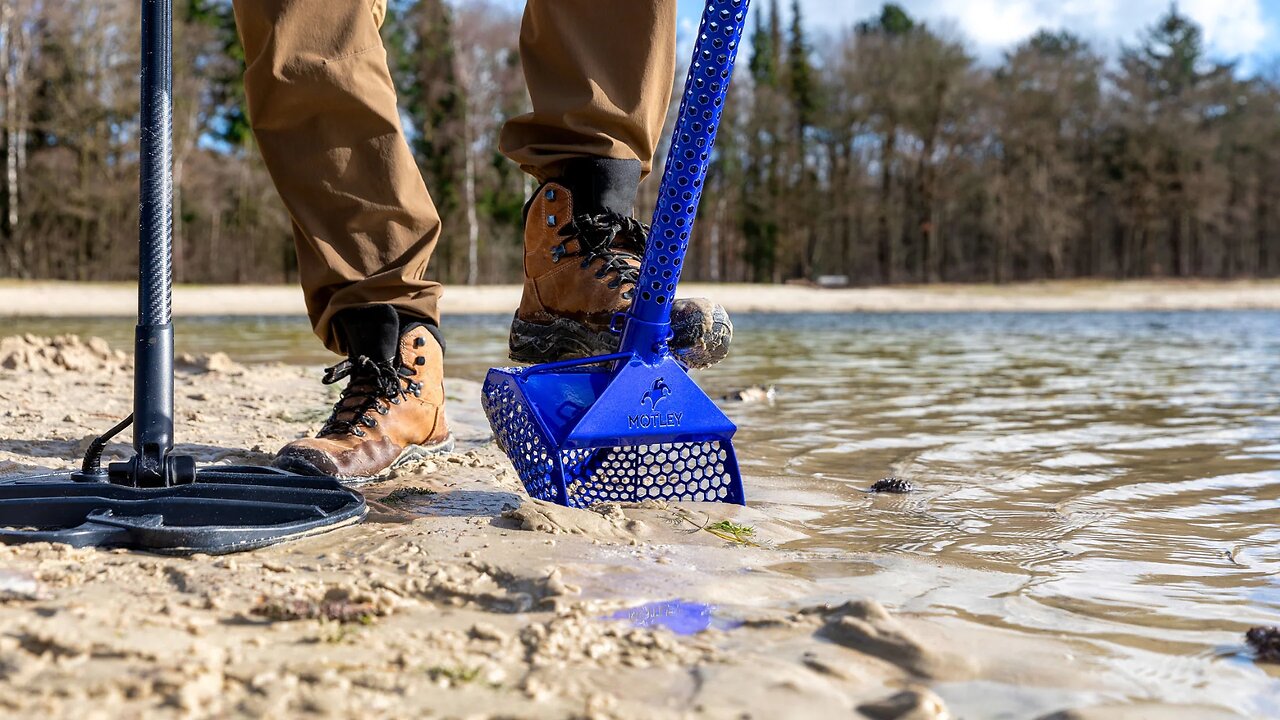Premium Only Content

I am Telling you there is more gold in rivers
Gold in rivers is a fascinating natural occurrence that has captivated human interest for centuries. When it comes to describing gold in rivers, several aspects come into play, including its formation, characteristics, and the methods used for extraction.
Gold in rivers originates from various sources. It is primarily formed through a geological process known as "lode" or "vein" formation, where gold-rich minerals are deposited within cracks and fissures of rocks. Over time, these rocks undergo erosion due to natural forces such as water flow, weathering, and movement of sediment. As a result, gold particles are released from their host rocks and carried downstream by rivers.
The presence of gold in rivers can vary significantly. While some rivers contain only trace amounts of gold, others may have substantial concentrations, making them ideal for gold prospecting and mining activities. The amount of gold in a river depends on factors such as the proximity of gold-bearing rocks, the intensity of erosion, and the presence of other minerals that may trap or concentrate gold particles.
Gold in rivers exhibits distinct characteristics that make it distinguishable from other sediments. Gold is a dense metal with a bright yellow color and a high luster, giving it a captivating and unmistakable appearance. Its high density enables gold particles to settle quickly in riverbeds, often accumulating in areas where the water slows down, such as behind rocks or in natural depressions. These areas, known as "placer deposits," are hotspots for gold prospectors.
To extract gold from rivers, several methods are employed. The most traditional and labor-intensive method is placer mining, where prospectors use pans or sluice boxes to separate gold from the surrounding sediment. By swirling the sediment and water mixture in a pan, the density difference causes the gold particles to sink to the bottom, allowing them to be separated manually. Sluice boxes work similarly, but on a larger scale, utilizing water flow and riffles to trap gold while washing away lighter sediment.
In modern times, more advanced techniques have been developed for gold extraction. These methods include dredging, where large machines are used to suck up sediment from the riverbed, and hydraulic mining, which involves directing high-pressure water jets to dislodge and transport sediment for processing. Additionally, chemical processes such as cyanide leaching are used in large-scale mining operations to extract gold from low-grade ores.
Gold in rivers holds great allure for prospectors, adventurers, and nature enthusiasts alike. Its presence symbolizes the hidden treasures of nature and the allure of striking it rich. However, it's important to note that gold extraction should always be conducted responsibly and in accordance with environmental regulations to minimize any negative impacts on river ecosystems.
-
 LIVE
LIVE
GloryJean
1 hour agoGetting BF6 Battle Royale Ready!
15 watching -
 LIVE
LIVE
The Big Mig™
3 hours agoBusted, Christopher Wray & Jack Dorsey Seditious Conspiracy
4,210 watching -
 LIVE
LIVE
The State of Freedom
2 hours ago#343 Fighting for Veterans w/ Darin Selnick
34 watching -
 1:30:17
1:30:17
Graham Allen
3 hours agoLibs FREAK OUT over Whitehouse Construction!! + National Guard are TAKING OVER Portland
83K51 -
 2:01:57
2:01:57
Matt Kohrs
11 hours agoNEW HIGHS INCOMING?! || Live Trading Futures & Options
11.3K6 -
 LIVE
LIVE
Wendy Bell Radio
6 hours agoWhat A Fool Believes
7,312 watching -
 16:33
16:33
World2Briggs
22 hours ago10 U.S. Towns Where Retirees Are the Only Growth Industry.
4.93K2 -
 1:17:32
1:17:32
The Mike Schwartz Show
10 hours agoTHE MIKE SCHWARTZ SHOW with DR. MICHAEL J SCHWARTZ 10-21-2025
5.13K2 -
 1:07:58
1:07:58
Chad Prather
6 hours agoTHIS Is What America's Christian Faith Is MISSING
53.9K27 -
 35:41
35:41
Tucker Carlson
21 hours agoThe 9/11 Files: From Tragedy to Tyranny | Ep 5
77.9K50